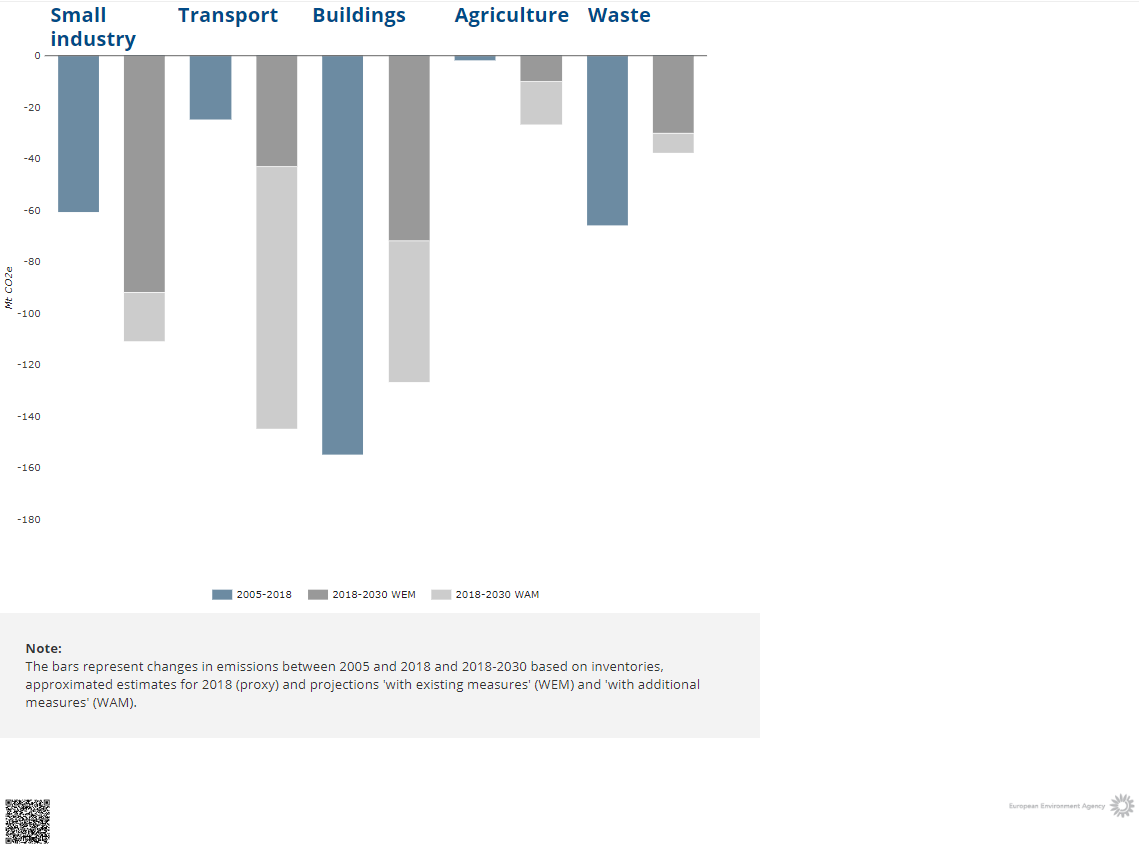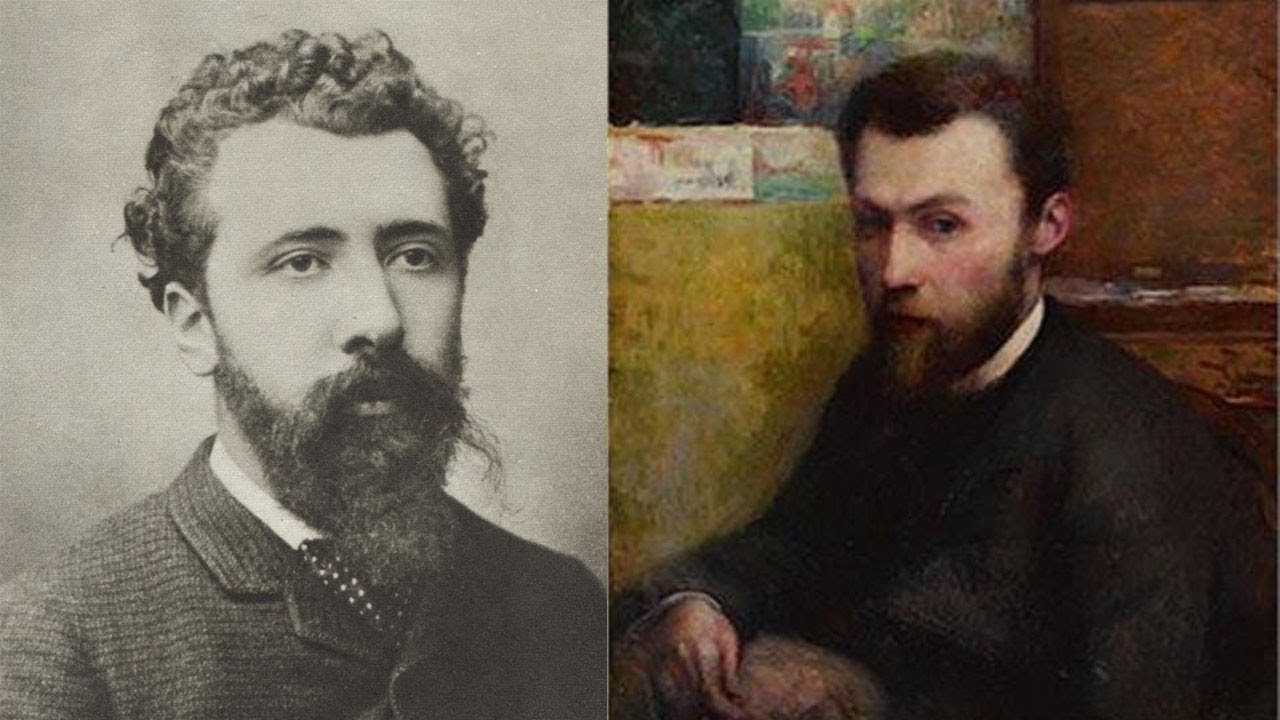The Role Of Memory In Kazuo Ishiguro's Fiction: A Critical Analysis

Table of Contents
Keywords: Memory in Kazuo Ishiguro's Fiction, Kazuo Ishiguro Memory, Ishiguro Narrative Technique, Unreliable Narration, Memory and Identity, Memory and Loss
Kazuo Ishiguro's novels are profoundly shaped by the unreliable nature of memory, its selective power, and its impact on the construction of identity. This critical analysis delves into the multifaceted role of memory in Ishiguro's fiction, demonstrating how it functions as a central narrative device, shaping character development, and exploring complex themes of loss, regret, and the elusive nature of the past. We'll examine how the fallibility of memory informs Ishiguro's exploration of identity and the human condition. Understanding the role of memory is paramount to a complete understanding of his work.
Memory and Identity Formation in Ishiguro's Novels
Memory, in Ishiguro's fiction, is not a neutral record of the past, but a subjective, malleable force shaping identity. The characters' understandings of themselves are inextricably linked to their memories, often fragmented and unreliable.
The Remains of the Day: Stevens's Constructed Memory
In The Remains of the Day, Stevens, the aging butler, meticulously constructs his memories, filtering them through the lens of his rigid professional code. This selective recall shapes his understanding of his loyalty and life choices.
- Repressed emotions: Stevens represses his emotions, impacting his recollection of events.
- Distorted recollections of service: His memories of Lord Darlington are idealized, neglecting the darker aspects of his employer's actions.
- Limitations of a rigidly structured memory: His adherence to a strict professional demeanor prevents a genuine self-assessment.
Stevens's narrative demonstrates how a carefully constructed memory, while providing a sense of order and stability, can also conceal painful truths and prevent genuine self-knowledge. His flawed memory is the key to his character's profound loneliness and regret.
Never Let Me Go: Fragmented Memories and Identity Crisis
Never Let Me Go explores the clones' struggle for identity in the face of fragmented memories and suppressed truths. Their incomplete knowledge of their origins and purpose profoundly impacts their sense of self.
- Significance of childhood memories: The hazy memories of Hailsham become crucial, offering a sense of belonging and a battleground for self-discovery.
- Manipulation of memory by the institution: The institution controlling the clones actively manipulates their understanding of their past and future.
- Struggle for self-discovery through fragmented recollections: The clones’ search for their identity hinges on piecing together their scattered and often unreliable memories.
The limited and manipulated memories of the clones highlight the importance of a complete and accurate past in constructing a coherent sense of self. Their tragic fate is intrinsically linked to their lack of self-awareness, a direct result of imposed memory control.
When We Were Orphans: Unreliable Memory and Detective Work
In When We Were Orphans, the unreliable nature of memory is central to the detective's investigation into his own past and the search for his lost parents.
- Fallibility of memory in reconstructing the past: The protagonist's memories are fragmented, unreliable, and prone to distortion.
- Blurring of lines between fact and fiction: The story continuously blurs the lines between his real memories and imagined scenarios.
- Manipulation of memory for personal gain: The narrative questions whether his pursuit of his lost parents is truly driven by genuine emotion or a need to fill gaps in his identity.
The ambiguity of the ending reflects the inherent uncertainties and limitations of memory in reconstructing the past, demonstrating how memory can be both a source of truth and a vehicle for self-deception.
Memory and the Exploration of Loss and Regret
Ishiguro masterfully uses memory to explore the profound impact of loss and regret on his characters' lives. Their recollections are often shaped by grief, guilt, and a desire to reconcile with the past.
A Pale View of Hills: Traumatic Memory and Grief
A Pale View of Hills examines Etsuko's fractured memory and its connection to her daughter's death. Her fragmented recollections are a testament to the selective and defensive nature of memory in the face of trauma.
- Role of guilt and grief in shaping memory: Etsuko's grief shapes her memory, highlighting the painful aspects of her past while obscuring others.
- Selective nature of memory in dealing with trauma: Memory becomes a form of self-protection, allowing her to manage the overwhelming pain of loss.
- Power of memory to haunt and torment: Despite attempts to suppress them, her memories of her daughter continue to haunt her.
Etsuko's story depicts how traumatic memories, even when suppressed, can continue to exert a powerful influence on one's life, shaping perception and behavior.
An Artist of the Floating World: Confronting the Past
An Artist of the Floating World follows Masuji Ono as he grapples with his past during wartime Japan. His memories force a confrontation with his complicity in the atrocities of the war and the societal pressures that shaped his actions.
- Complexities of confronting past actions and beliefs: Ono's recollection of his artistic career is intertwined with his realization of the moral compromises he made.
- Impact of societal pressures on personal memory: His memories reveal the significant influence of societal and political pressure on individual behavior and memory.
- Difficulty of reconciling memory with present reality: Ono struggles to reconcile his past actions with his present self-assessment.
Ono's journey underscores the complex relationship between individual memory, collective history, and the challenges of coming to terms with the past.
Memory as a Narrative Device in Ishiguro's Work
Ishiguro utilizes memory not just as a thematic element, but also as a sophisticated narrative device, shaping the structure and style of his novels.
Narrative Structure and Point of View
Ishiguro employs first-person narration in many of his novels, highlighting the subjective and inherently limited nature of memory. The reader is confronted with a single perspective, forcing them to actively interpret the fragmented recollections.
- Limitations of a single perspective: The reader is reliant on the narrator's selective recall, which may be influenced by various factors.
- Reader's active role in interpreting fragmented recollections: The fragmented nature of the narratives requires active interpretation from the reader.
- Ambiguity inherent in subjective narratives: Ishiguro deliberately creates ambiguity, allowing for multiple interpretations of the events and characters.
The use of unreliable narrators generates uncertainty and invites reader participation in interpreting the narratives, making the reading experience both engaging and thought-provoking.
Temporal Shifts and Flashbacks
Ishiguro’s use of temporal shifts and flashbacks mirrors the non-linear nature of memory itself. The past and present intertwine, gradually revealing crucial information through carefully placed flashbacks.
- Non-linear structure of memory: The narrative structure reflects the random and often illogical way in which memories surface.
- Interplay between past and present: The constant shifting between past and present highlights the enduring impact of the past on the present.
- Gradual unveiling of crucial information through flashbacks: Crucial plot elements are slowly revealed through carefully selected flashbacks, enhancing the narrative tension.
The fractured timelines create a unique reading experience, mirroring the often chaotic and contradictory nature of personal memory.
Conclusion
In conclusion, the exploration of memory is central to understanding the themes and narratives of Kazuo Ishiguro's fiction. Through the unreliable recollections and distorted perspectives of his characters, Ishiguro profoundly examines the complex interplay between memory, identity, loss, and the past. The analysis of memory in Kazuo Ishiguro's fiction reveals the author's masterful manipulation of this crucial narrative device to create compelling, ambiguous, and emotionally resonant stories. Further research could explore the influence of specific historical contexts on his portrayal of memory, or delve deeper into a comparative analysis of his techniques with other authors who explore similar themes. Understanding the multifaceted role of memory is indeed key to appreciating the depth and complexity of Kazuo Ishiguro's literary legacy. Continue exploring the intricacies of memory and its impact on Ishiguro's novels to gain a deeper appreciation for his masterful storytelling.

Featured Posts
-
 Indonesia Classic Art Week 2025 Menjelajahi Dunia Porsche Dan Seni
May 25, 2025
Indonesia Classic Art Week 2025 Menjelajahi Dunia Porsche Dan Seni
May 25, 2025 -
 The Countrys Top Business Locations Trends And Projections
May 25, 2025
The Countrys Top Business Locations Trends And Projections
May 25, 2025 -
 Menya Vela Kakaya To Sila Dokumentalniy Film O Zhizni I Tvorchestve Innokentiya Smoktunovskogo 100 Let
May 25, 2025
Menya Vela Kakaya To Sila Dokumentalniy Film O Zhizni I Tvorchestve Innokentiya Smoktunovskogo 100 Let
May 25, 2025 -
 Land Your Dream Private Credit Role 5 Essential Tips
May 25, 2025
Land Your Dream Private Credit Role 5 Essential Tips
May 25, 2025 -
 Thierry Ardisson Et Laurent Baffie Une Querelle Con Et Machiste
May 25, 2025
Thierry Ardisson Et Laurent Baffie Une Querelle Con Et Machiste
May 25, 2025
